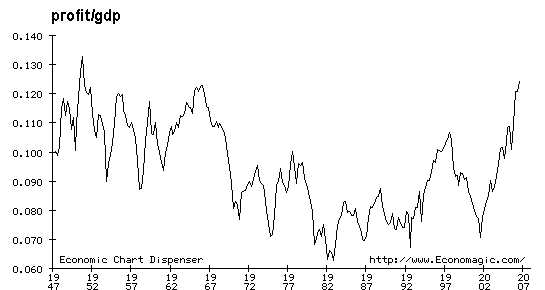wab said:So, starting retirement in a high-P/E environment is sort of a caution flag....
Several key points that I'd like to second:
High starting P/Es are only a caution flag; not a red flag...
Low P/Es are not a natural consequence of high P/Es...high and low P/Es are the consequence of economic conditions (primarily inflation) and to some extent the human component...however, high P/Es rationally present only two scenarios: steady P/Es and lower P/Es--it doesn't provide for the significant increases that drive secular bull markets.
Also:
There's still an 80% success rate for 4% SWR with high starting P/Es...yet that's a lot less than the near 95% that most people expect!

